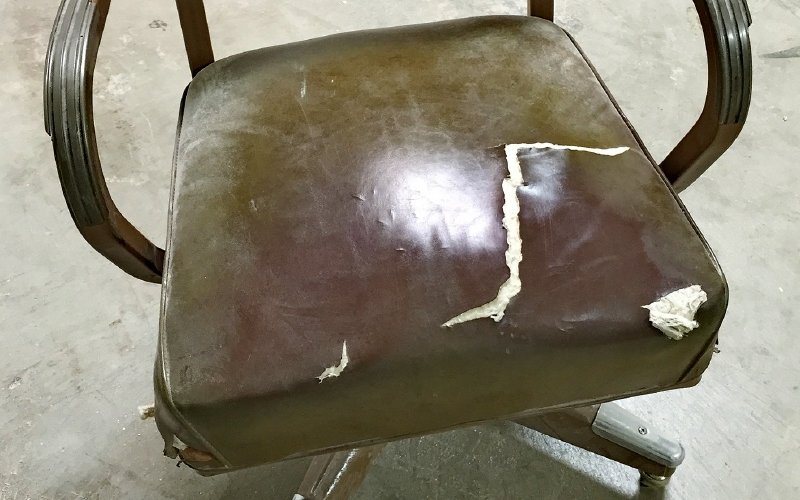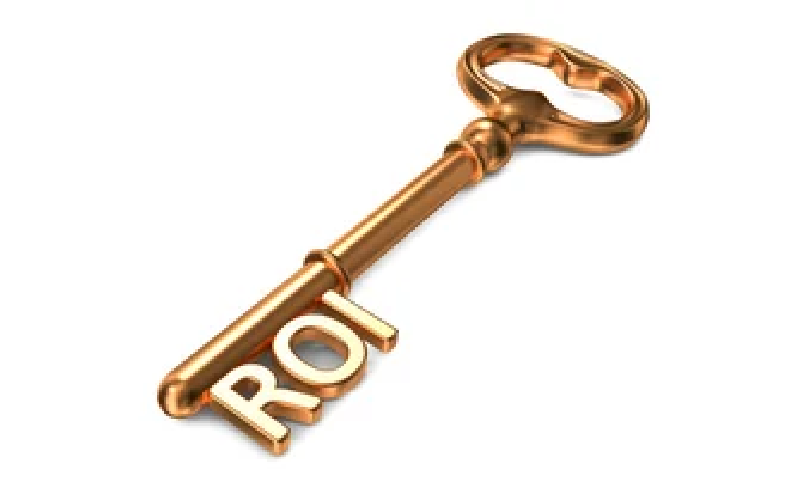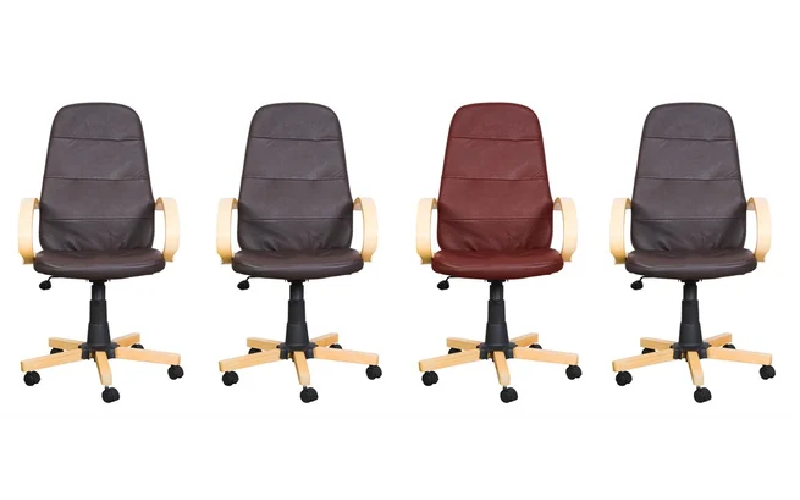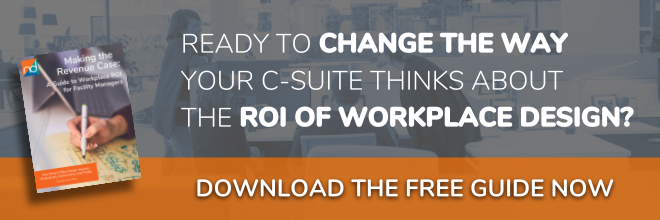Used Office Furniture: 3 Big Drawbacks of Buying Pre-Owned & Secondhand
By Matt Brady

The secret to designing a smarter and more productive workspace starts with redefining “affordable office furniture” by prioritizing value over price
Let’s say that your business is humming along at a comfortable clip. Your office is buzzing with activity and that morning coffee is really kicking in, when… BOOM! Everything goes sideways. Literally.
Your favorite task chair blows a caster and suddenly you’re leaning like the Tower of Pisa on a tight turn.
No reason to panic, right? Get it fixed and you’ll be back in the saddle in no time. Easy enough. Unless of course you bought the chair secondhand and the manufacturer stopped making spare parts in 2007.
In which case, you have to buy another chair.
Drawback #1: No Service Plan or Warranty
The majority of pre-owned office furniture is sold as-is.
Most likely you won’t get offered the option of a service plan or a warranty. In some cases, retailers won’t even accept returns after your furniture is out the door. And if you’re looking for an obsolescence policy? Well, that ship sailed a long time ago.
This is not breaking news. You knew what you were getting into.
After all, part of the buying-used-office-furniture-agreement is that you, the purchaser, are saving a few bucks now in exchange for accepting a certain amount of future risk. You’re rolling the dice that your new chair, desk or conference table will still be standing in 12 months.

You’re probably going to be okay, but (and this is the important part), with used office furniture, NOTHING is guaranteed.
It’s not like buying a used car. There are no odometers on office furniture, which makes it difficult to gauge the “mileage” of a piece that you want to purchase.
Who knows what secrets lurk beneath the dark upholstery of that task chair?
Was it used by a kindly old woman who kept it wrapped in plastic and only sat in it on Sundays? Or did it belong to a really big guy in accounting who liked to race it down the halls like Mad Max in a chariot? Sadly, you’ll probably never know.
Before I continue, I need to make something clear: there are plenty of great deals out there on quality used furniture from respectable resellers.
I know that every business is unique and has their own priorities. There are a million scenarios where shopping secondhand makes perfect sense. I’m not suggesting that buying used office furniture is a bad idea.
But what I AM saying is that if you’ve committed to buying used office furniture solely to save money, you should stop and reconsider your math.
Drawback #2: Low Price, Higher Cost
Buying used office furniture may offer savings up front, but the long term costs can quickly add up.
My recommendation? Do your homework before committing to any “bargains.” Your bottom line will thank you later.
Extended warranties on new office furniture are the norm. There are exceptions for certain materials and components, but most major manufacturers will stand behind their core products for at least a decade. And plenty more will cover your purchase for a lifetime.
You don’t get that kind of assurance when you buy used. That’s why stocking your office with pre-owned furniture can sometimes feel like performing a high-wire act without a net. There is no support and you’re on your own when it comes to service, repair and replacement.

Cutting costs with cheaper seating is something I see backfire all the time. I completely understand that small companies and startups are on a tight budget. But what inevitably happens is that those cut-rate chairs need to be replaced every year or two, completely negating the upfront savings.
I’ve seen employees go through three low-end chairs during the average 7-year-life-span of a task chair. And you know how that story ends, right?
At the end of 7-10 years, the business that saved money up front has spent the same amount per chair as the business that bought new.
They’ve also painted themselves into a corner with outdated furniture styles, obsolete furniture systems and often incompatible individual pieces
Drawback #3: Incompatibility Issues
In the world of office design, “incompatibility” is when your furniture doesn’t work well together.
Furniture can be incompatible visually.
In the world of used office furniture, you take what you can get, where and when you can get it. Because selection is often limited when it comes to used office furniture, there are companies that end up with a “kitchen sink” workplace. They pick a little bit of this and a little bit of that and mix it all together.

The result often puts them in a strange limbo between traditional and modern, with a patchwork palette of natural woods, mid-century plastics and utilitarian metals. It’s the wardrobe equivalent of pairing stripes and polka dots.
But even bigger problems can lurk below the surface.
Different pieces from different manufacturers may not work together on a functional level. Leading companies go to great lengths to design lines and collections that connect seamlessly with each other. Putting rooms and spaces together from pre-owned inventory adds an extra layer of diligence for the purchaser or project manager.
A conference table won’t do much good if the twelve chairs you found don’t fit underneath it.
Older furniture may also not be optimized for today’s technology and IT requirements. The modern workplace is getting smarter and more streamlined every day. A 10-year-old desk may not seem like such a big deal, until you realize that you wouldn’t buy the 10-year-old computer that it was designed for.
After all, if you’re going to invest in assets for the future, why start from behind? That’s like saying “no thanks” to satellite radio in your car because you found a really great deal on an in-dash 8-track player.

Should you invest in used office furniture?
That’s a tough-for-you question with an easy-for-me answer: it depends.
It depends on the needs of your business and the functions of your workspace. Do clients and customers visit your place of business? Do you need to attract and retain young employees? Do you have plans for company growth or office expansion?
It depends on your budget. How much have you allotted for the creation of your workplace? Are you ready to invest in a space designed to increase efficiency and boost productivity? Have you truly considered price vs value?
Money matters, but great design doesn’t have to cost a fortune. Take my advice to entrepreneurs and start-ups: “Even if you have to make do with some file boxes and a folding table, it’s always worth investing in a great task chair.”
The idea is that you can start small, with one piece at a time.
Finally, whether you should invest in used office furniture depends on what kind of business you want to build.
The modern workplace has changed and continues to change. It’s no longer solely considered a cost center filled with depreciating assets. More companies are discovering the enormous ROI potential of a well-designed office.
Office furniture is a tool with the potential to move your business forward. Paired with smart design, the right furniture has the power to energize, motivate and inspire employees to do great work. Choose wisely and reap the rewards!


